Wellbeing Hacks for the Modern Nomad Balancing Work Travel and Mind
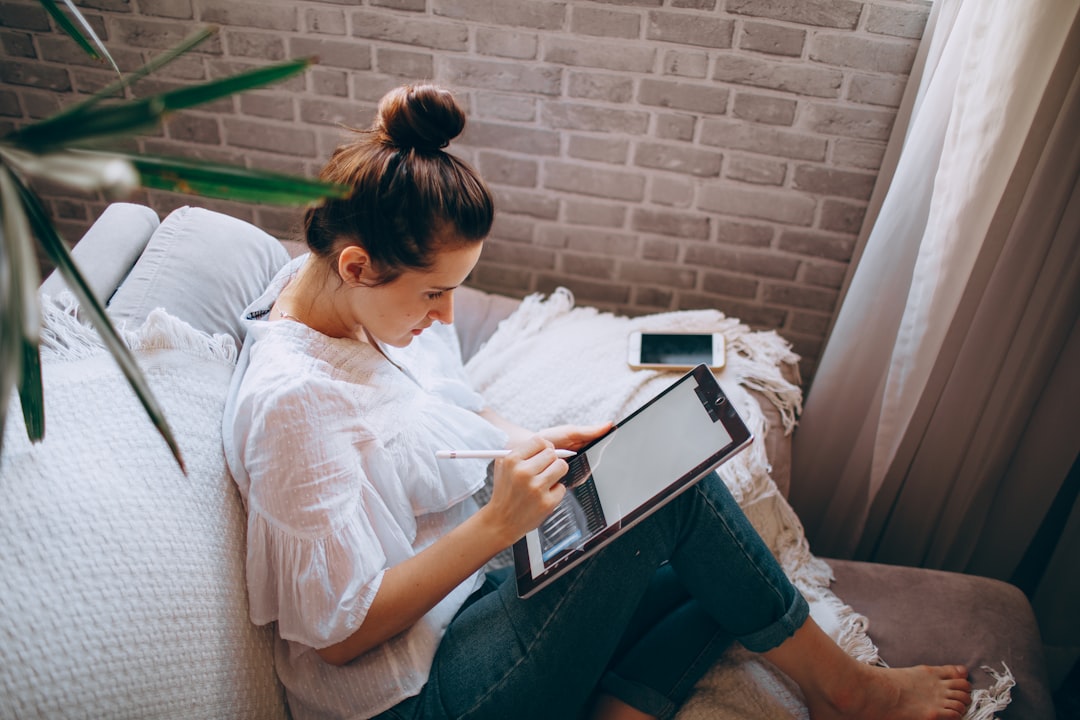
Introduction
The modern nomad lives a life most people only see in glossy Instagram feeds. A laptop, a passport, a backpack, and a constant craving for new horizons define the day‑to‑day. The freedom to work from a beachfront café in Bali, a co‑working space in Lisbon, or a mountain lodge in the Andes is intoxicating, but it also brings a unique set of challenges. Without the familiar routines of a fixed office or a stable home, mental clutter, physical fatigue, and social isolation can creep in unnoticed.
This guide offers practical wellbeing hacks that help digital nomads keep their minds clear, bodies strong, and spirits uplifted while they chase horizons. The strategies are designed to be portable, low‑maintenance, and adaptable to any locale. Whether you’re a seasoned globetrotter or just starting to test the remote‑work waters, you’ll find tools to protect your health, sharpen your focus, and nurture the relationships that make a nomadic life sustainable.
Mindful Morning Routines
A solid start to the day sets the tone for everything that follows. On the road, mornings can be unpredictable—time zones shift, power outages happen, and schedules fluctuate. The key is to create a micro‑routine that can be performed in any environment, whether you’re waking up in a hostel dorm or a private Airbnb.
Grounding breath – Begin with three rounds of deep breathing. Inhale through the nose for a count of four, hold for two, then exhale slowly through the mouth for six. This simple practice lowers cortisol, improves oxygen flow, and anchors you in the present moment before the day’s demands arrive.
Stretch sequence – A five‑minute full‑body stretch awakens muscles that have been cramped by long flights or hours at a desk. Focus on the neck, shoulders, spine, hips, and calves. Each stretch should be held for 15‑20 seconds, breathing steadily throughout.
Intention setting – Write down one primary work goal and one personal intention for the day. Keep a small notebook or a notes app on your phone. This act clarifies priorities, reduces decision fatigue, and reinforces a sense of purpose.
Hydration boost – Drink a glass of water with a pinch of sea salt or a squeeze of lemon. Proper hydration improves cognitive function, combats jet lag, and supports digestion.
By committing to these four elements, you build a portable “anchor” that can be repeated wherever you land, creating consistency amidst constant change.
Portable Physical Fitness
Staying active is non‑negotiable for long‑term health, yet gym memberships are rarely practical for nomads. The solution lies in bodyweight training, resistance bands, and creative use of the environment.
Bodyweight circuit – A quick, equipment‑free workout can be done in a hotel room, park, or shared kitchen. Combine push‑ups, squats, lunges, plank variations, and burpees. Perform each exercise for 45 seconds, rest for 15 seconds, and repeat the circuit three times. This format delivers cardiovascular benefits, muscle maintenance, and a mental break from screen time.
Resistance band kit – A set of light, medium, and heavy bands folds into a pocket‑size pouch and adds variety to workouts. Use them for rows, shoulder presses, glute bridges, and mobility drills. Bands also help counteract the postural strain caused by prolonged sitting.
Micro‑movement breaks – Set a timer to stand, stretch, or walk for two minutes every hour. Simple actions like neck rotations, wrist stretches, and ankle pumps keep blood flowing and reduce the risk of repetitive‑strain injuries.
Explore on foot – Turn local exploration into cardio. Walk or jog through a new neighborhood, climb a hill to a viewpoint, or rent a bike for a short ride. This not only improves fitness but also deepens your connection to the place you’re staying.
Consistency is more important than intensity. Aim for a minimum of three dedicated sessions per week and sprinkle micro‑movements throughout the day.
Nutrition on the Move
Eating well while traveling is often the first casualty of a busy schedule. Food options can be limited, costs can be high, and cooking facilities may be scarce. The following hacks help you maintain balanced nutrition without sacrificing convenience.
Simple pantry staples – Keep a small stash of portable, nutrient‑dense foods: raw nuts, seeds, dried fruit, instant oatmeal, protein powder, and whole‑grain crackers. These items require no refrigeration and can be combined into quick meals or snacks.
Smart grocery trips – When you arrive in a new city, locate a nearby market or grocery store that offers fresh produce. Choose versatile ingredients like leafy greens, tomatoes, cucumbers, eggs, and canned beans. A basic salad with olive oil, lemon, and a boiled egg provides protein, healthy fats, and fiber.
One‑pot meals – Invest in a lightweight, collapsible pot or a travel‑friendly rice cooker. Recipes such as quinoa with roasted vegetables, lentil stew, or stir‑fried noodles can be prepared with minimal cleanup. Use pre‑cut frozen veggies to save time.
Hydration habit – Carry a reusable water bottle and refill it frequently. Add a pinch of electrolyte powder on hot days or after intense workouts to replenish minerals lost through sweat.
Mindful eating – Eat slowly, savor each bite, and listen to hunger cues. When you’re constantly on the move, it’s easy to graze mindlessly while checking emails. Designate a specific spot—perhaps a park bench or a café table—to focus solely on the act of eating.
By planning ahead and embracing simple, adaptable meals, you protect your energy levels, support immune function, and avoid the crash that comes from excessive caffeine and sugary snacks.
Digital Boundaries
The freedom to work from anywhere also means the line between professional and personal time can blur quickly. Without clear boundaries, burnout becomes a real threat.
Scheduled offline windows – Block out at least one hour each day where you turn off all work‑related notifications. Use this time for meditation, reading, or a walk. Treat it as a non‑negotiable appointment in your calendar.
Dedicated work zones – Even in a shared space, carve out a specific area for work only. This could be a particular table in a co‑working space, a corner of a café, or a portable lap desk. When you leave that zone, you signal to your brain that work is over.
Email batching – Instead of checking email continuously, allocate two or three set periods per day to respond. This reduces the mental load of constant inbox monitoring and frees up focus for deep work.
Device hygiene – Keep a separate phone or profile for personal communication. If you use a single device, create distinct work and personal user accounts, and switch between them at the end of the workday.
Travel‑specific “shutdown” ritual – Before boarding a flight or moving to a new location, spend five minutes reviewing what you’ve accomplished, noting any pending tasks, and setting a clear intention for the next work session. This ritual helps you transition smoothly and reduces lingering work anxiety.
Implementing these digital habits protects mental bandwidth, improves productivity, and creates mental space for exploration and relaxation.
Sleep Hygiene
Quality sleep is the foundation of cognitive performance, emotional regulation, and physical recovery. Nomadic life can disrupt circadian rhythms due to shifting time zones, irregular schedules, and unfamiliar sleeping environments.
Consistent sleep window – Aim to go to bed and wake up within the same two‑hour window each day, even on weekends. Consistency trains the body’s internal clock and improves sleep depth.
Light control – Use a lightweight eye mask and blackout curtains if the room lets in early morning light. In the evening, dim ambient lighting and avoid bright screens for at least thirty minutes before bedtime. If you need a light source, opt for a warm‑tone lamp or a red‑light nightlight.
White noise options – Carry a small portable white‑noise machine or download a white‑noise app on your phone. Consistent background sound can mask unfamiliar noises like traffic, street chatter, or building maintenance.
Temperature regulation – Keep the sleeping environment cool, ideally between sixty‑four and sixty‑nine degrees Fahrenheit. Pack a breathable sleep sack or a lightweight blanket that works across climates.
Pre‑sleep wind‑down – Incorporate a calming routine such as gentle stretching, journaling, or listening to a short guided meditation. This signals to the brain that it’s time to transition into rest.
When traveling across time zones, practice the “sunlight exposure” technique: get natural light exposure in the morning at your destination and avoid bright light in the evening. This helps reset your circadian rhythm faster.
Community and Connection
Human connection is a vital component of mental health, yet the nomadic lifestyle can feel isolating. Building a sense of community doesn’t require permanent roots; it just needs intentional effort.
Co‑working spaces – Many cities have shared work environments that host regular events, workshops, and social evenings. Joining one can provide both professional networking and casual friendship opportunities.
Local meet‑ups – Use platforms like Meetup, Facebook groups, or community boards to find gatherings that match your interests—language exchanges, hiking clubs, cooking classes, or tech talks. Attending a single event each week can create a support network quickly.
Digital nomad forums – Participate in online communities such as Nomad List, Reddit’s r/digitalnomad, or Discord servers dedicated to remote workers. Share experiences, ask for advice, and arrange in‑person meet‑ups when schedules align.
Volunteer or teach – Offer a skill—whether it’s graphic design, coding, yoga, or language tutoring—to a local nonprofit or community center. Volunteering fosters a sense of purpose and introduces you to locals who share similar values.
Stay in touch with home – Schedule regular video calls with family and long‑term friends. Even a brief fifteen‑minute check‑in can reduce feelings of disconnection and provide emotional grounding.
Investing time in community not only combats loneliness but also enriches your travel experiences with cultural insights and lasting friendships.
Managing Stress and Burnout
The excitement of constant discovery can mask underlying stress. Over time, the cumulative pressure of deadlines, travel logistics, and social adaptation may lead to burnout.
Mindfulness moments – Practice a three‑minute mindfulness exercise at any point during the day. Close your eyes, focus on the breath, and simply observe thoughts without judgment. This practice reduces rumination and enhances emotional resilience.
Physical release – When tension builds, engage in a quick physical release: a set of jumping jacks, a brisk walk, or a few yoga sun salutations. Moving the body helps metabolize stress hormones.
Journaling – Write down three things you’re grateful for each evening and any stressors you encountered. Externalizing thoughts provides perspective and can reveal patterns that need attention.
Digital detox days – Choose one day per month to disconnect completely from work‑related technology. Use the time for outdoor activities, creative hobbies, or simply resting. This reset prevents chronic stress accumulation.
Professional support – If anxiety or depressive symptoms persist, seek remote therapy or counseling services. Many platforms offer video sessions with licensed professionals, allowing you to receive help regardless of location.
By proactively monitoring stress signals and employing these coping tools, you maintain mental clarity and protect your long‑term wellbeing.
Tools and Tech for Wellbeing
Technology can be both a distraction and an ally. Selecting the right tools streamlines healthy habits without adding complexity.
Task manager – Use a simple, visual task manager like Trello or Notion to organize work projects, personal goals, and wellness activities. A clear board reduces mental clutter.
Habit tracker – Apps such as Habitica, Loop, or Streaks let you log daily habits (stretching, hydration, meditation). Visual streaks motivate consistency.
Meditation app – Headspace, Calm, or Insight Timer provide guided sessions ranging from one to thirty minutes, suitable for different time zones and schedules.
Sleep tracker – Devices like the Oura Ring, Fitbit, or smartphone apps track sleep stages, heart rate variability, and recovery scores. Review the data to adjust bedtime routines.
Language learning – Duolingo, Memrise, or Babbel help you pick up basic phrases for the next destination, fostering cultural connection and confidence.
Travel organization – Use Google Keep, Evernote, or a physical travel journal to store itineraries, passport copies, and important contacts in one place.
Select a few tools that truly serve your needs and avoid over‑loading yourself with unnecessary apps. Simplicity fuels sustainability.
Building Sustainable Habits
Habits formed on the road must be adaptable, low‑maintenance, and resilient to change. Follow these principles to embed wellbeing into your nomadic lifestyle.
Start small – Choose one habit to focus on for two weeks, such as a five‑minute morning stretch or a nightly gratitude note. Mastering a single habit builds confidence for the next.
Anchor to existing cues – Pair a new habit with an existing routine. For example, perform a breathing exercise right after you brew your morning coffee. The established cue triggers the new behavior automatically.
Batch preparation – Dedicate a few hours each week to prep meals, pack workout gear, and organize digital files. Batch work reduces daily decision fatigue and frees mental space.
Track progress visually – Use a habit‑tracking calendar or a simple wall‑mounted chart. Seeing a growing chain of completed days reinforces commitment.
Allow flexibility – Life on the road is unpredictable. If you miss a workout because of a delayed flight, replace it with a walk later in the day. The goal is consistency over perfection.
By treating habits as flexible scaffolding rather than rigid rules, you create a resilient wellbeing system that travels with you.
Closing Thoughts
Living as a modern nomad offers unparalleled freedom, but it also demands intentional self‑care. The hacks shared in this guide—mindful mornings, portable fitness, smart nutrition, digital boundaries, sleep hygiene, community building, stress management, purposeful tech, and sustainable habit formation—provide a comprehensive toolbox for thriving on the road.
Remember that wellbeing is a continuous practice, not a destination. Each new city presents an opportunity to experiment, refine, and deepen your routines. By honoring your body, mind, and connections, you transform the nomadic journey from a series of fleeting experiences into a purposeful, vibrant way of life.
Embrace the adventure, stay present, and let these practices empower you to explore the world while keeping your inner compass steady. Safe travels and happy thriving.
Random Posts
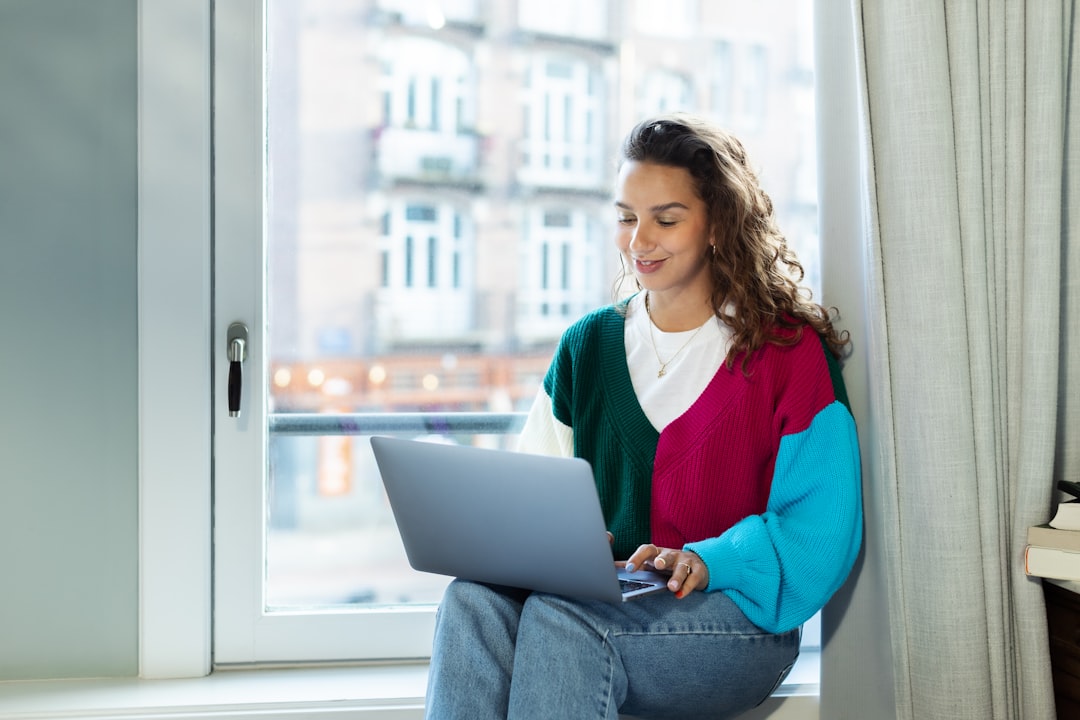
How to Scale Your Remote Business Without a Traditional Office
Discover how to scale a remote business with a remote first mindset, digital tools, intentional communication, and purposeful processes so you can grow without a traditional office.
2 months ago
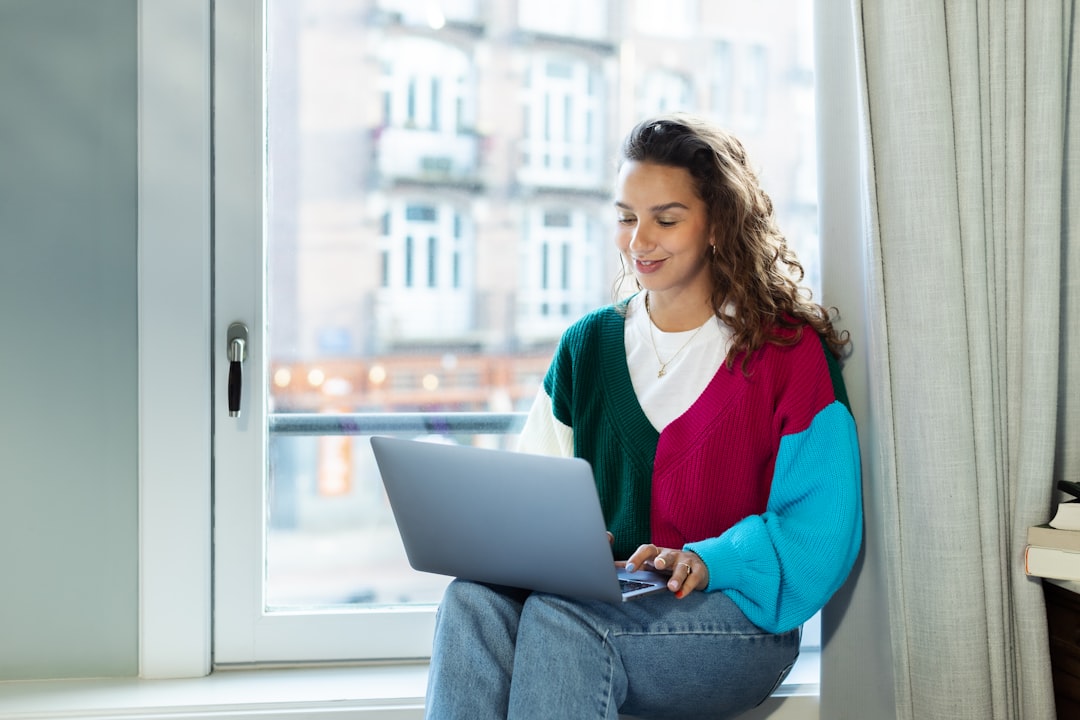
Explore the Best Remote Work Destinations with Reliable WiFi
Discover top remote work destinations where fast, reliable WiFi meets inspiring culture, great food and beachside cafés, so you can stay productive and enjoy the digital nomad lifestyle
1 month ago
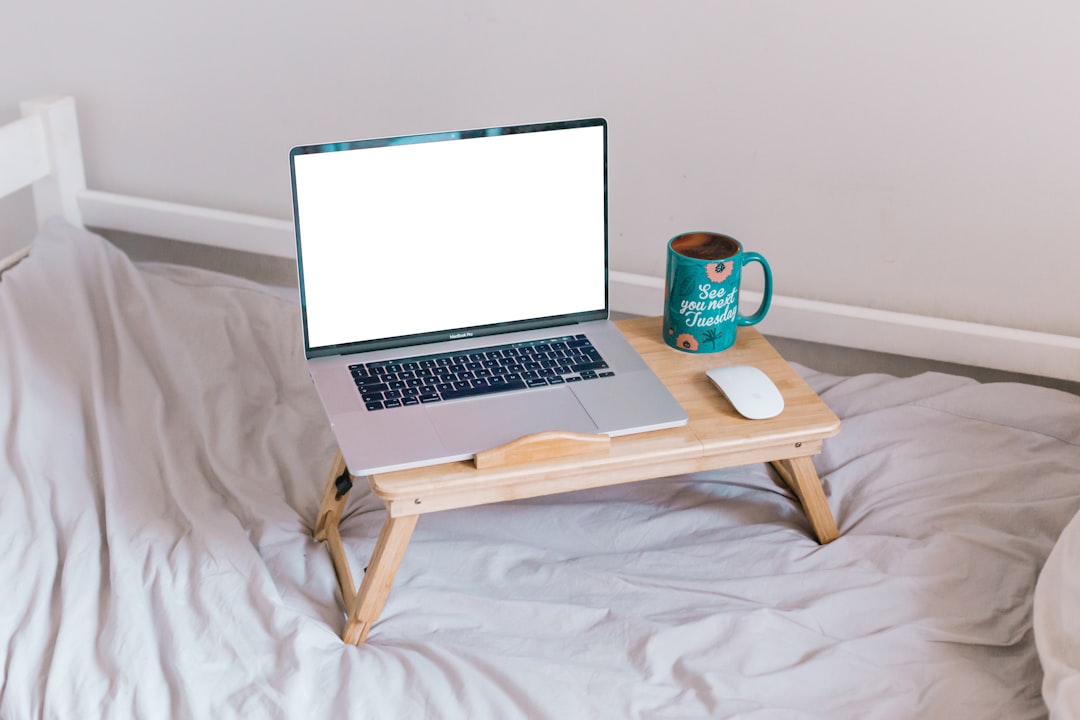
Unlocking the Nomad Lifestyle With Curated Guides and Practical Resources
Discover the essential guides, apps, books and podcasts that turn nomadic chaos into confidence, helping you stay connected, productive and balanced wherever you roam.
2 months ago
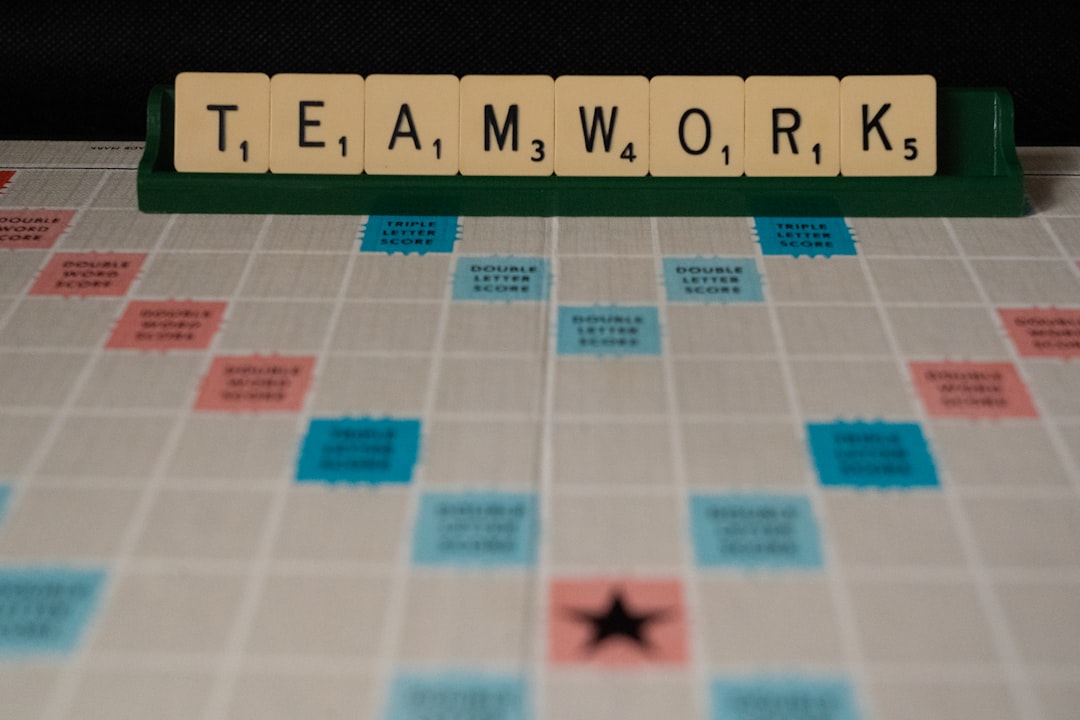
How To Synchronize Global Teams Without Losing Momentum
Learn how to keep worldwide teams moving fast by tackling timezone gaps, clear handoffs, and shared rhythms. Follow a step by step framework and tool picks to sync work without losing momentum
1 month ago
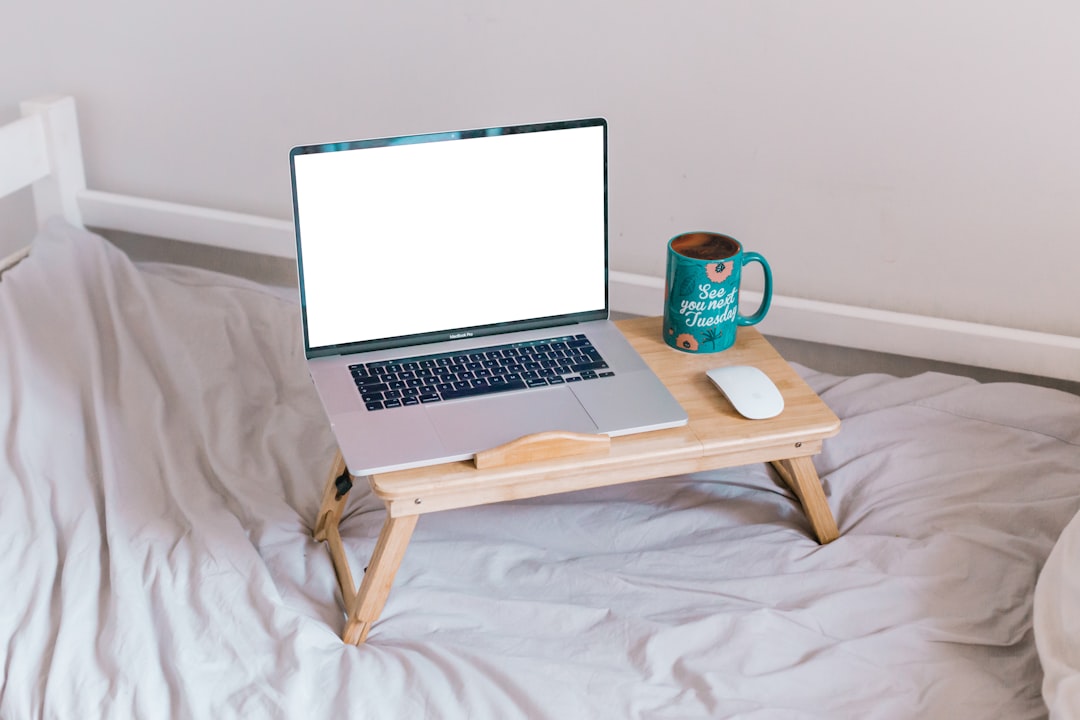
Remote Work Paradise Spots and the Essential Equipment List
Discover top remote-work paradises - from beachside cafés to mountain retreats - and the must-have gear that keeps you connected, comfortable and secure wherever you set up your laptop.
1 week ago
Latest Posts

Essential Software Every Remote Professional Should Use
Master remote work with essential tools: instant messaging like Slack, high definition video calls such as Zoom, and asynchronous voice apps. Streamline communication, stay connected and boost productivity.
1 day ago

Mastering Remote Work Productivity for Digital Nomads and Freelancers
Learn proven habits, tools, and tactics that help digital nomads and freelancers stay focused, deliver quality work, and maintain a sustainable lifestyle while traveling the world.
1 day ago

Tech‑Friendly European Towns Perfect for Remote Living
Discover Europe’s best small towns where fast internet, affordable living and vibrant tech communities let you work remotely while soaking up historic charm, lakeside views or mountain air.
1 day ago